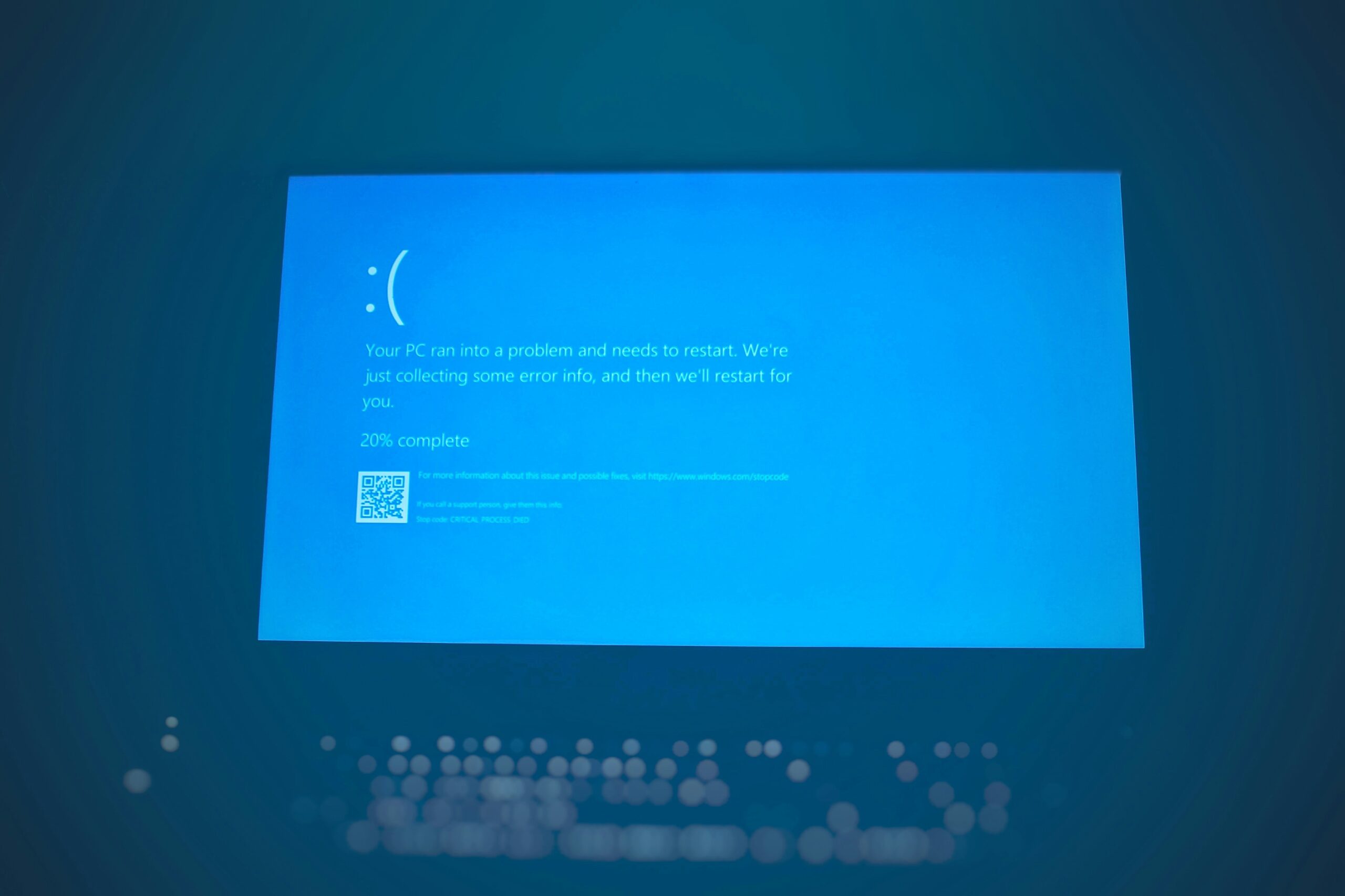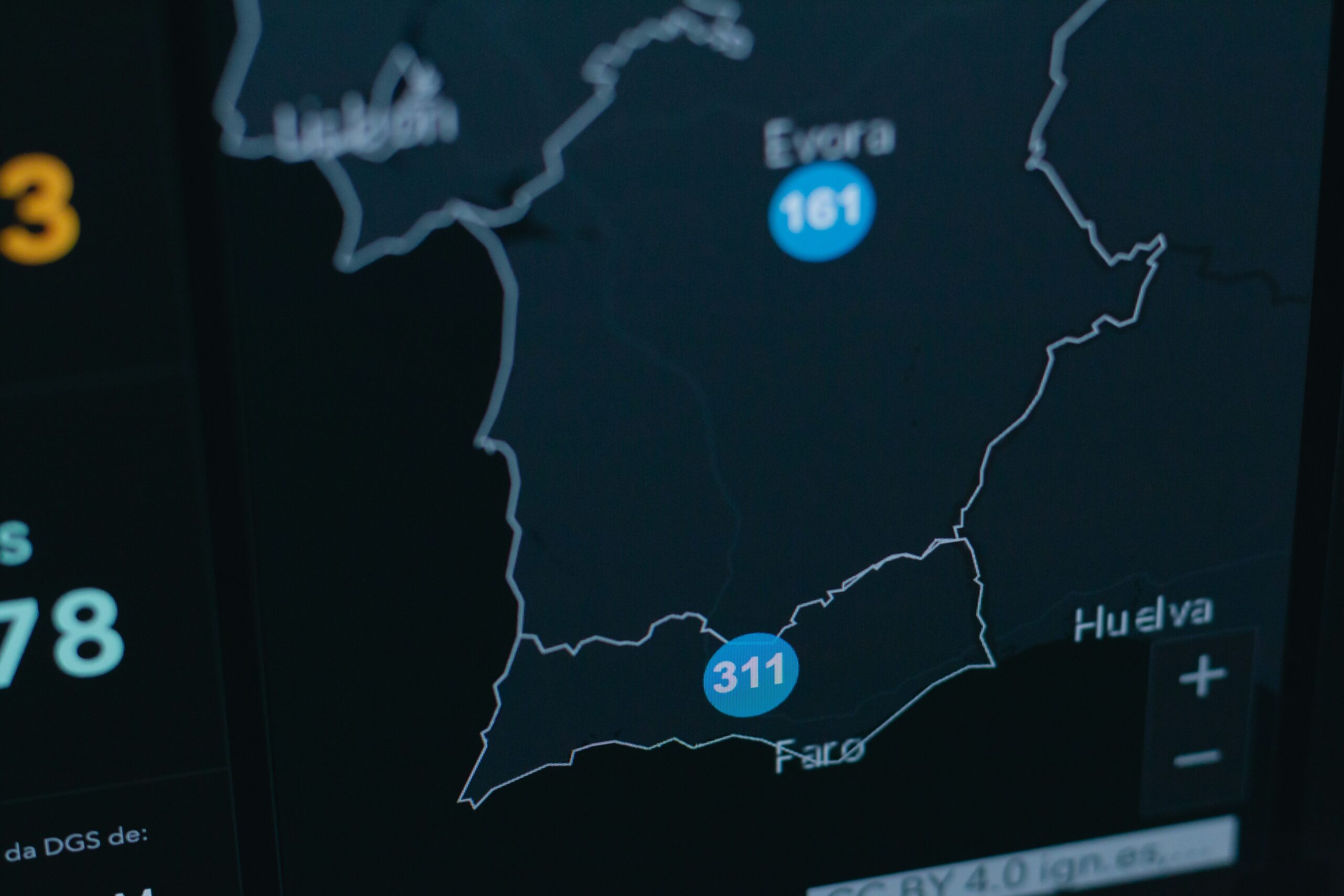Ever found yourself stuck because your IP address got flagged while trying out a new monitoring tool? Yeah, not fun. Whether you’re troubleshooting, testing geolocation features, or just trying to stay anonymous online, location spoofing can be a lifesaver—or a disaster if done wrong.
In this guide, we’ll explore everything you need to know about using location spoofing effectively without getting caught by monitoring kill switches. You’ll learn the basics of geolocation masking, step-by-step techniques for safe spoofing, best practices, real-world examples, and common pitfalls. Plus, an obligatory rant section where I vent about terrible VPN ads. Let’s dive in!
Table of Contents
Key Takeaways
- Location spoofing helps bypass geoblocking and monitor privacy risks.
- A “monitoring kill switch” ensures your cover doesn’t get blown when connections drop.
- Choosing the right tools (like proxies, Tor, or advanced VPNs) is critical.
- One bad move—like forgetting DNS leaks—can ruin your entire setup.
- Spoofing isn’t illegal but should always be used ethically.
The Problem with Geolocation Monitoring

Think back to that time I accidentally triggered a site’s monitoring kill switch during a QA test. One second, I was calmly checking how my app handled different regions; the next, boom—it blocked me entirely because my spoofed location conflicted with actual device data. Sounds like nails on a chalkboard, right?
Geolocation tracking has become so pervasive that even minor inconsistencies can flag users as suspicious. This not only disrupts workflows but also raises concerns over digital surveillance. Understanding these challenges is key to navigating the tech minefield successfully.
Step-by-Step Guide to Spoof Your Location
- Pick Your Tool: Use a reliable proxy, Tor browser, or premium-grade VPN service—not some sketchy free option from a pop-up ad.
- Enable Kill Switch: Make sure whatever tool you choose includes a monitoring kill switch feature. This prevents accidental exposure if connectivity drops.
- Clear Cache & Cookies: Old data might leak your real location, so clean up before starting.
- Verify Settings: Check that both IPv4 and IPv6 addresses are masked properly. A single slip here could blow your cover.
- Test Connection: Visit sites like WhatIsMyIPAddress to confirm your spoofed location appears correct.

Tips for Successful Location Masking
- “Don’t trust flashy claims.” If a tool promises “100% undetectable masking,” run far away.
- Always check for DNS leaks using services like DNSLeakTest.
- Avoid accessing personal accounts while spoofing unless you’re certain they won’t raise suspicions.
- *Optimist You:* “Follow these tips!”
*Grumpy You:* “Ugh, fine—but only if you promise to double-check every step.”
Real-World Examples of Location Spoofing
Let’s talk success stories—one marketer used geospoofing to analyze regional ad targeting performance across Europe without physically traveling there. Another dev tested GDPR compliance remotely, ensuring their software adapted seamlessly based on user locations. These cases highlight its powerful applications beyond mere anonymity.

FAQs About Location Spoofing
Is location spoofing legal?
Totally! Just ensure ethical use, like avoiding fraud or malicious activities.
Can websites detect spoofed locations?
Sometimes yes, especially via JavaScript-based checks. But combining multiple masking methods reduces detection odds significantly.
Why do I need a kill switch?
Because losing connection mid-session exposes your real IP address—a major no-no when privacy matters most.
Conclusion
From dodging geoblocks to testing global compatibility, mastering location spoofing opens doors technologically—and ethically. Follow our guide closely, tread carefully around monitoring kill switches, and avoid rookie mistakes at all costs.
So what’s stopping you? Go forth and conquer those geo-restrictions… chef’s kiss for drowning algorithms indeed. Oh, and remember:
Spoofed IPs glow bright Like fireflies in dark skies— But don’t let them burn.


